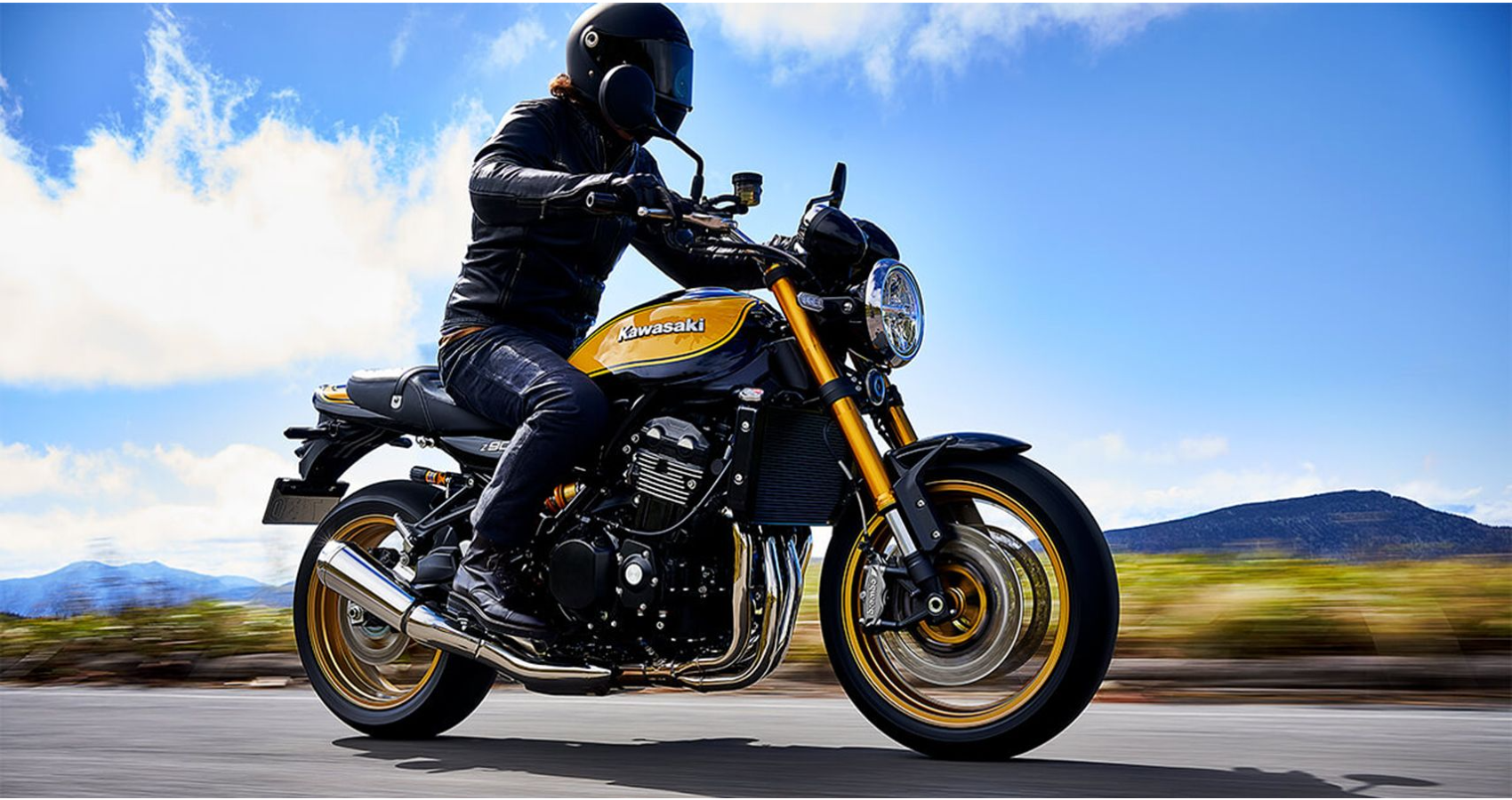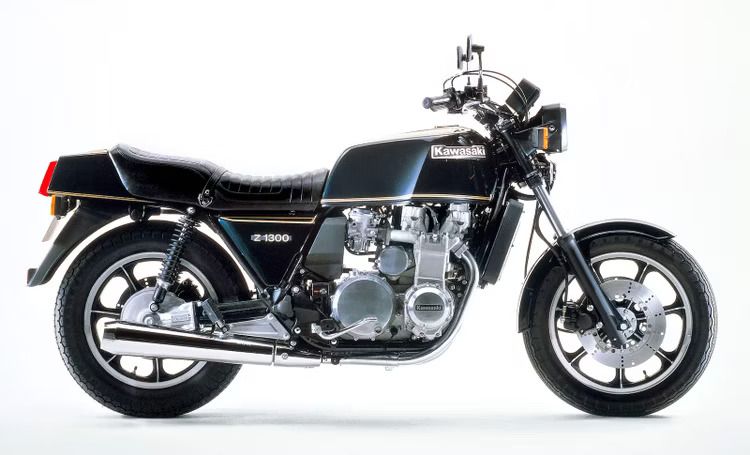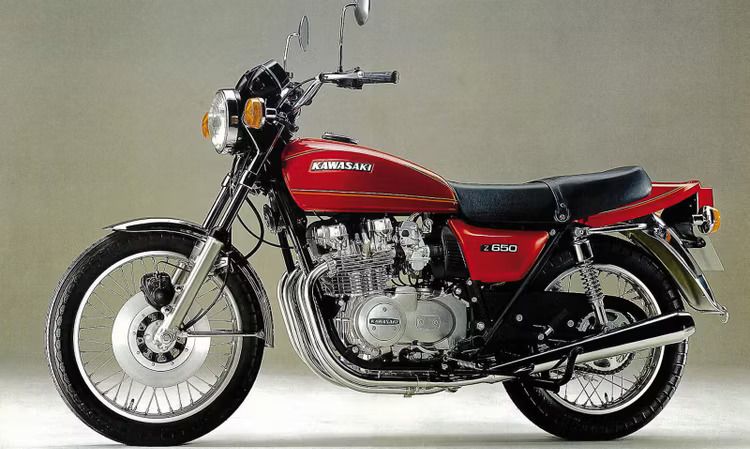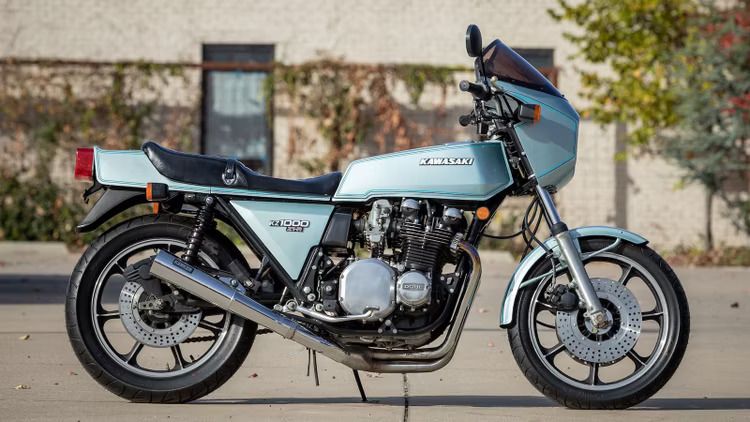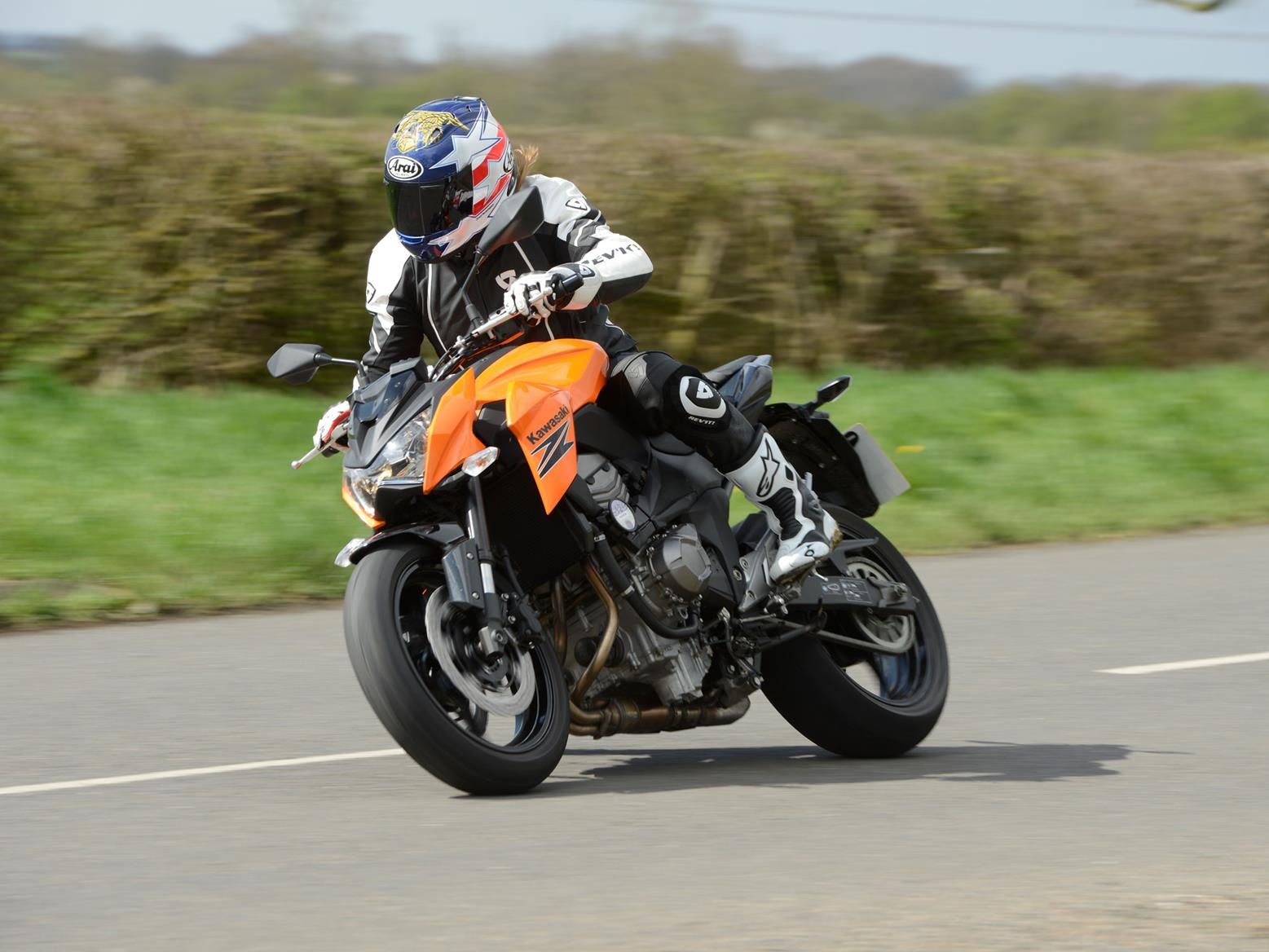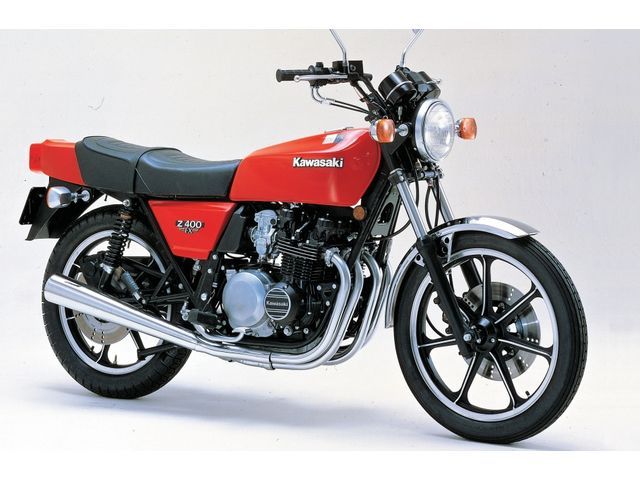All the big motorcycle manufacturers have their standout performers. Yamaha, as an instance, has their YZF range. Suzuki is synonymous with their GSX line, and Honda, of course, have their renowned CBR lineup. As for Kawasaki, their 'Z' models have a storied past, and are equally exceptional in their own right. The first Z1 that appeared all the way back in 1972 was an instant hit. It was a response to Honda’s incredible CB750, and it catapulted Kawasaki into the big leagues.
Ever since, there have been a lot of Kawasaki motorcycles that have carried the 'Z' nameplate, and have all charted out their own path to success. To this day, a Kawasaki motorcycle with a 'Z' attached to its model name is highly anticipated, and packs in Kawasaki’s typical traits of design flair, engineering excellence, and explosive performance.
"Which is the best model of Kawasaki" is a question that's often asked, and there's no definite answer. This list, though, does chart out what we think are the greatest Kawasaki Z models so far. Spot your favorite in there?
All information in this article has been sourced from Kawasaki's media website.
10 Kawasaki Z1
Active Years: 1972-1976
The motorcycle that ignited a revolution. Kawasaki embarked on the Z1's development concurrently with Honda's efforts on the CB750. However, when the CB750 was introduced ahead of schedule, Kawasaki temporarily suspended its project to refine a new 900cc engine. This accounts for the three-year delay in its eventual unveiling. Upon its debut, the Z1 demonstrated its superiority over the Honda, featuring a commanding 903cc engine that delivered 82 horsepower, in stark contrast to the Honda's 67 horsepower. This shift propelled Kawasaki to a whole new level in the motorcycling world.
For a span of five years, the Z1 held its position as the fastest production motorcycle, and its achievements were further recognized by being voted Motorcycle of the Year for four consecutive years. Over its production run, approximately 85,000 Kawasaki Z1s were made.
9 Kawasaki Z1300
Active Years: 1979-1979-1989
Kawasaki actually started working on the Z1300 in 1974, with the vision of crafting a fresh flagship model. The aim was clear: the engine's displacement needed to surpass Honda's 1000cc Gold Wing. To distinguish it from the array of four-cylinder motorcycles, a decision was made to incorporate six cylinders. Additionally, the utilization of shaft drive was imperative due to the absence of drive chains capable of accommodating the projected power output.
While undoubtedly sensational, the resulting motorcycle emerged as a substantial and weighty creation. During that era, the limitations of chassis technology meant that the power generated consistently exceeded the safety thresholds. While not achieving significant sales, the bike did achieve its intended purpose – it captured attention. This outcome aligned precisely with Kawasaki's original intent, making it a head-turning addition to the motorcycle landscape.
8 Kawasaki Z650
Active Years: 1976-1983
Kawasaki's response to capitalizing on the Z1's success wasn't done in a hurry; it took until 1976 for the subsequent groundbreaking model to emerge. This model, named the Z650, marked another watershed moment similar to the Z1. The engine underwent a complete overhaul, distinct from being merely a Z1 engine with narrower bore and shorter stroke. While maintaining an air-cooled design and incorporating twin overhead camshafts, the Z650 deviated importantly in one aspect – it was not striving to be a sportsbike. This shift in focus broadened its appeal to a significantly wider and more mainstream audience.
Consequently, the Z650 experienced robust sales, propelling Kawasaki into a much more stable financial position. This success bolstered the company's confidence, allowing them to consider even more daring and complex motorcycle models.
The Z650 lives on even today, although in a much more advanced iteration.
7 Kawasaki Z1000
Active Years: 1977-2016
The Z1000 moniker lay dormant for a span of approximately ten to twenty years before making a comeback with the 2004 Z1000. This iteration of the Z1000 looked back to the spirit of the 1970s classics, capturing the essence of a naked sportsbike. Powered by a robust four-cylinder engine, it churned out an impressive 125 horsepower. While the chassis could be deemed somewhat basic, it nevertheless proved itself more than capable in managing the substantial power output.
The design philosophy of the Z1000 set a precedent that many subsequent Kawasakis would follow. Its aesthetic was contemporarily streamlined and didn’t have any excess clutter. The innovative four-into-two-into-four exhaust configuration was brilliant. This 'new' Z1000 model persisted until 2016, receiving several updates over its lifespan while retaining its core attributes: simplicity, solid craftsmanship, speed, and effectiveness as a naked sportsbike.
6 Kawasaki Z1-R
Active Years: 1978-1980
The foundation laid by the 1972 Z1 900 was so formidable that it facilitated further development to accommodate increased power. With displacement elevated to 1015cc, power surged from 83 to 90 horsepower. The Z1-R emerged as a testament to this evolution, introducing a novel angular design that would characterize Kawasaki's esthetics throughout the 1980s. This distinct styling set the Z1-R apart from its counterparts.
Noteworthy enhancements involved the introduction of a handlebar fairing, marking a first for a Japanese sports bike, and the incorporation of seven-spoked cast wheels, complete with twin drilled discs at the front. Although it didn't quite match the speed or handling prowess of Suzuki's latest GS1000, the Kawasaki Z1-R retained its charm during its era. Its status as a coveted motorcycle stayed due to its historical significance, with the Z1-R standing as one of the most collectible “Z" models.
5 Kawasaki Z800
Active Years: 2013-2016
The Z800, the successor to the Z750, seems to have faded into relative obscurity, particularly when contrasted with the prominence of the Z900 upgrade in 2017. This is somewhat unfortunate since the Z800 had exceptional and seamless performance within a competent chassis, devoid of any drawbacks. Its inline four-cylinder engine defined Japanese efficiency, generating 111 horsepower. The suspension offered full adjustability, the dual front discs featured four-piston calipers, and LED lighting was incorporated. The Z800 boasted secure and predictable handling, while its remarkable build quality added to its appeal.
The design adhered to the latest Kawasaki principles, evoking a love-it-or-hate-it response. However, as a conventional Japanese sportsbike, the Z800 excelled in both its execution and practical application.
4 Kawasaki Z1000R Eddie Lawson Replica
Active Years: 1982-1983
In the years 1981 and '82, Eddie Lawson, prior to his Grand Prix career, clinched the AMA Superbike Championship astride a Kawasaki Z1000 — a pinnacle reached by the last of the air-cooled, twin-shock, four-cylinder 'superbikes'. Offered to the public as the Eddie Lawson Replica, this model featured a bikini fairing, a four-into-one exhaust system, and underwent a weight reduction of 41 pounds compared to the stock Z1000J. This transformation enabled owners to experience a semblance of their hero's riding style while on the road.
Eddie Lawson's four 500cc Grand Prix titles in the years 1984, '86, '88, and '89 only further elevated the allure of this model. Even though it had ceased production by the time of Lawson's first championship victory, the legacy surrounding the model was enhanced by these titles.
3 Kawasaki Z400J
Active Years: 1980-1983
Who can resist the charm of a compact four-cylinder motorcycle engine? The early Japanese iterations showed detailed craftsmanship, and while Honda's single overhead camshaft CB400 mustered 37 horsepower, Kawasaki's DOHC Z400 surged ahead with 43 horsepower, albeit with minimal low-end torque. This characteristic simply prompted riders to twist the throttle harder and push it to higher revs.
The Z400 bore an uncanny resemblance to its larger 'Z' counterparts. However, its reception was somewhat muted as it faced challenges in terms of cost, particularly when compared with Yamaha's two-stroke RD350. Additionally, the Z400's performance lagged behind its rivals. Nonetheless, in the present day, the Z400 offers an intriguing alternative to the more overtly obvious classic motorcycles.
2 Kawasaki Z750
Active Years: 2004-Now
During the early 2000s, the appeal of the inline four-cylinder engine still held a firm grip on Japanese manufacturers. The penchant for parallel-twin engines in the world of smaller displacements had yet to fully mature. The 2004 Z750 serves as a prime example, exhibiting design cues that persistently echo in Kawasaki's contemporary offerings. Simplicity characterized the Z750, with its modest disc brake calipers and suspension lacking adjustability. However, boasting 100 horsepower, the model held its ground well in its era. Merging performance, esthetics, and affordability, the Z750 presented a compelling package for its price point, delivering substantial value. This model forms a direct lineage from the Z800 and Z900, continuing the lineage of outstanding mid-range Kawasaki models that the Z750 initiated.
1 Kawasaki Z250
Active Years: 1980-1984
The Kawasaki Z250 was propelled by a parallel twin engine with a single overhead camshaft, delivering 27 horsepower. This power was put down through cast wheels and complemented by disc brakes at both the front and rear. Particularly appealing, the Z250 adopted a design closely resembling its larger siblings.
The marketing campaigns prominently featured Kork Ballington, the 1978 and 1979 250cc Grand Prix World Champion, effectively fueling the desire of young and impressionable individuals to purchase the Z250.

